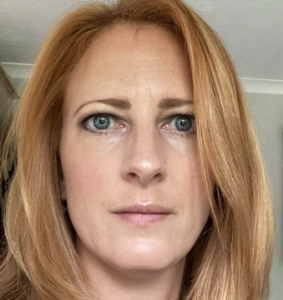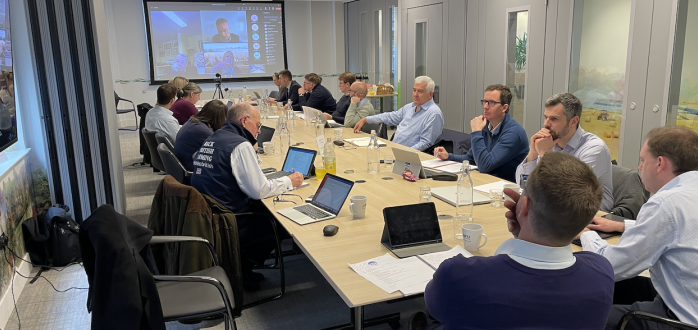NPA chief executive Lizzie Wilson explains why the NPA Board has agreed to streamline its Pig Industry Group, with nominations for producers and allied industry candidates set to open in October
Summer (pfft, what summer?!) is nearing its end and NPA is looking ahead to autumn and a new phase in its evolution.
As the sector has condensed and consolidated, and adapted to a new normal, so must NPA, to be able to continue to deliver the bang for your buck our members rightly expect.
So, the team and NPA Board embarked on a series of strategy discussions to try to thrash out just how NPA can remain relevant and valuable to all our members.
We concluded that our Pig Industry Group (PIG) – the now amalgamated group of both producer and allied industry members that guides NPA – had become too large and unwieldy and was potentially discouraging discussion rather than promoting it.
NPA PIG meets quarterly and is regularly consulted ad hoc on various consultations and policy issues. It therefore needs to be able to fully explore the many challenges we present to them as a team, and vice versa, in a timely manner. There are also a number of industry stakeholder invitees that attend, pushing the size of the group even higher.
New-look Pig Industry Group (PIG)

Consequently, for the forthcoming round of elections next year, we have decided to reduce the number of members elected from 17 to 12.
The 12 PIG representatives will comprise eight producers and four allied industry members to ensure a good balance of representation and expertise. As always, producers will only vote for producers, and allied industry for allied industry, with one vote per membership.
Producer candidates will be elected on the basis of the most votes received, rather than on a regional basis, meaning they will no longer be elected according to which region they represent.
We will, however, try to ensure a balanced proportion of independent vs corporate members and indoor vs outdoor production. There is always the option to convene additional sub-groups, as we have always done, to discuss particular issues where specific expertise is required.
Allied industry candidates will be elected according to whoever receives most votes in each category first and foremost (to avoid replication).
Our previous decision to amalgamate the Producer Group and Allied Industry Group proved a success, but we need another to facilitate more collaborative and efficient working while retaining that robust decision-making ability.
Although we’ll be trialling virtual regional meetings this autumn (dates to be released soon), it’ll give candidates a great opportunity to introduce themselves to a much wider audience. That, in combination with their personal synopsis which will be posted on the NPA website, should help members decide who they think will best represent their individual interests and contribute to NPA policy accordingly.
Election process
Candidates will be able to put themselves forward from October until January. Voting will open in late January, whereby members will be able to vote electronically or by post. The successful candidates will be declared in February.
We’re starting to trail the election process early because we’ll be losing a lot of industry stalwarts who have provided enduring wisdom and guidance over the years and ensured that element of continuity.
PIG is an essential mechanism by which the team is advised, and, in turn, its representatives help to relay information back and forth to other members. Without this flow of information, we’re just flying blind.
We need you to tell us what is important to you and your businesses, and what impact certain challenges will have. We need you to tell us where we should be pushing, who we should be lobbying and what you need to ensure your businesses survives, but where possible thrives.
If you think you can help guide our focus or believe certain areas of the sector need better representation, this is the time to put your money where your mouth is.
As the sector has shrunk and restructured, and with all the looming challenges around animal welfare and environmental sustainability on the horizon, as well as potentially a new government next year, we need member support more now than ever.




